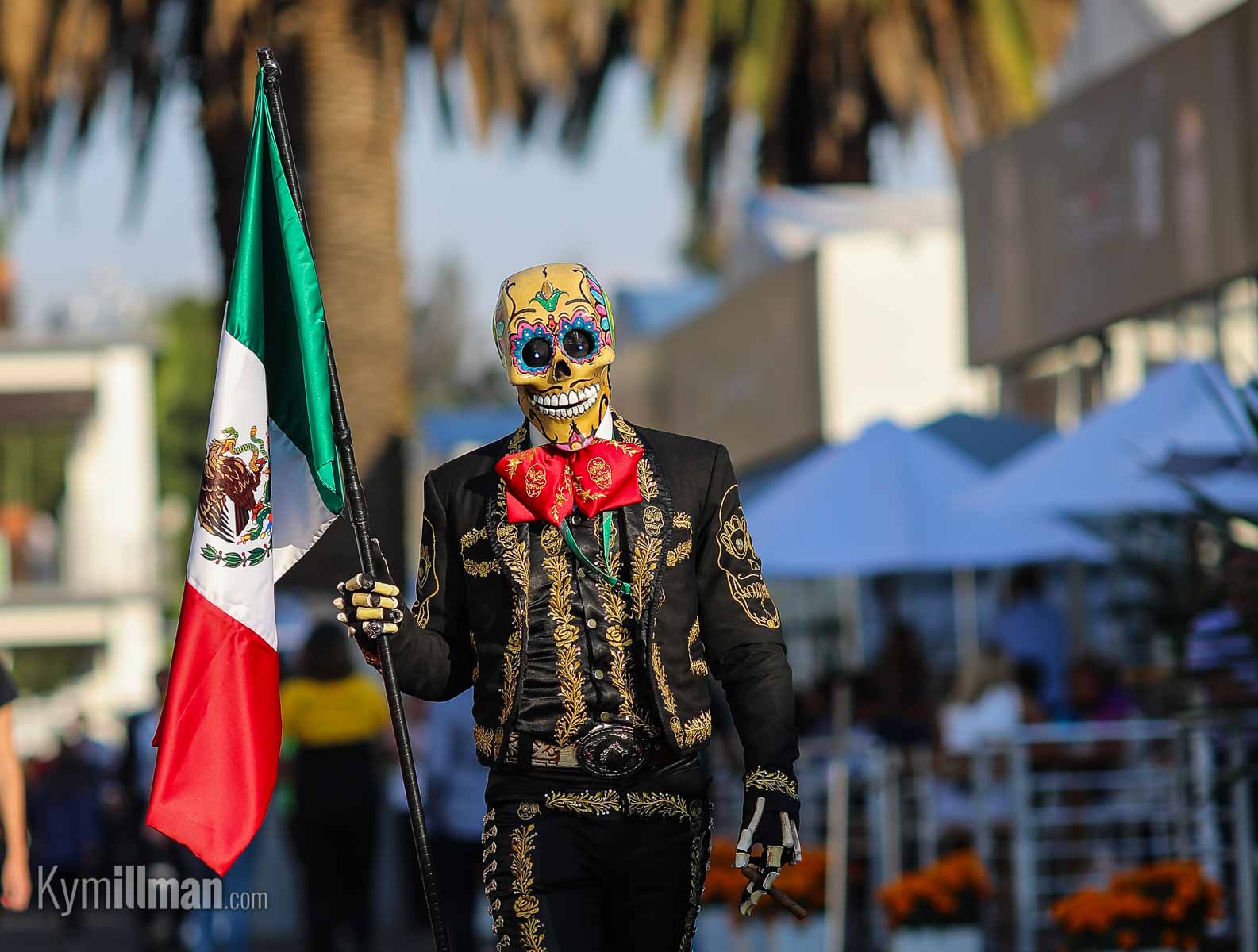

Located at over 2,200m above sea level, Mexico City is easily the highest altitude venue on the F1 calendar.The pit straight, meanwhile, is one of the longest in F1, and with the low altitude (and therefore lower drag) brake suppliers Brembo reckon the drivers should hit around 361km/h (224mph) before braking to 101km/h (62.7mph) for Turn 1 - a hefty 4g deceleration. The newly modified circuit runs clockwise and has 17 corners - seven left and ten right - which is three more than the version raced in 1992.No other race on Mexican soil has seen P1 switch as many times. The 1968 race was one of those won by over a minute, though it was also notable for the lead changing five times between Graham Hill, Jackie Stewart and Jo Siffert, with Hill eventually emerging victorious (and claiming his second world title to boot).On the flip side, the smallest margin of victory came in 1991 when Riccardo Patrese defeated Williams team mate Mansell by just 1.336s. In fact, four of the first six races in Mexico were won by over a minute, which is very unusual. Speaking of Clark, the Lotus driver was responsible for the biggest margin of victory in Mexican Grand Prix history when in 1963 he beat Jack Brabham by 1m 41.1s.The legendary Scot came close to another slam in 1967, taking pole, fastest lap and the win, but failing to lead from flag to flag. The aforementioned Jim Clark is the only driver to have completed a ‘Grand Slam’ (pole position, fastest lap, led every lap, victory) on Mexican soil, doing so in the inaugural event in 1963 in what - at 2h 9m 52.1s - remains the longest race in the country to date.Berger’s triumph, incidentally, was Pirelli’s first in Mexico, and was achieved on a zero-stop strategy.

A number of other milestones have taken place in Mexico: Mike Spence, Jackie Oliver and Michael Schumacher scored maiden podium finishes in 1965, 19 respectively Jo Siffert and Clay Regazzoni captured their first pole positions in 19 and Gerhard Berger claimed his - and Benetton’s - first F1 win in 1986.


 0 kommentar(er)
0 kommentar(er)
